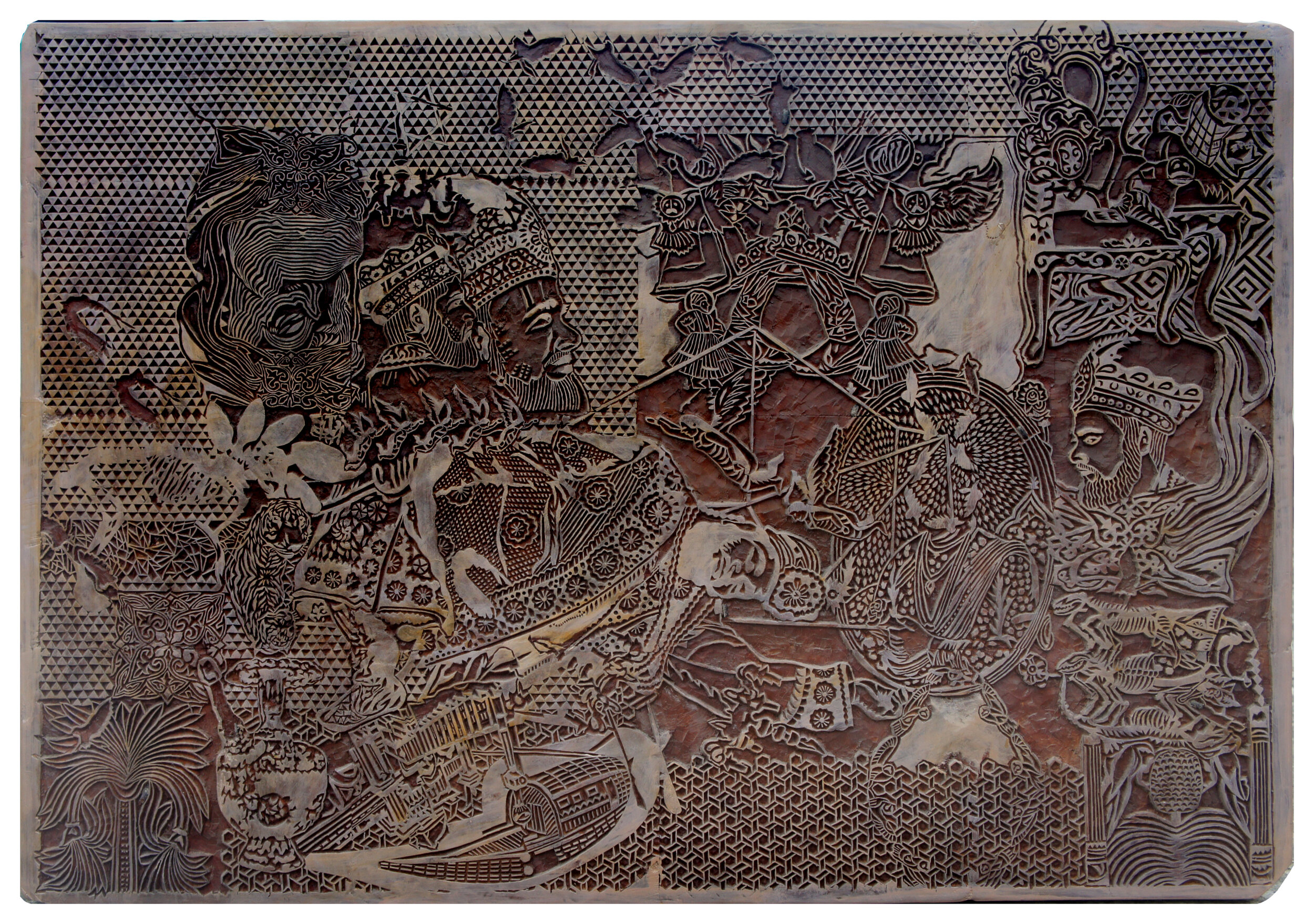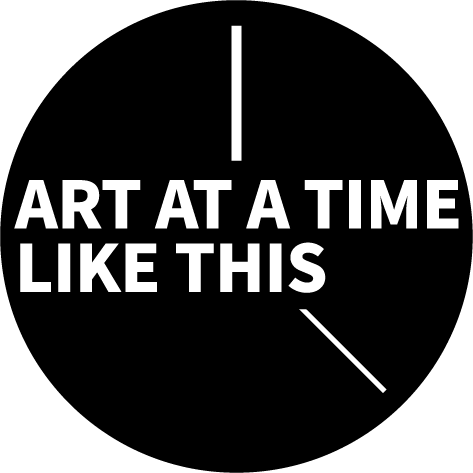
Firoz Mahmud
I used to like and read ‘Itihash’ (history) and ‘Vugol’ (geography) more than ‘Onko’ (mathematics). My father and grandfather were academicians, historians and writers. I was influenced to reflect legacies, myths and histories on my paintings. Thus my drawings and paintings are narrating the colonial legacies, influences and remnants of the Bengal region, aspects of cultural heritage and the history of European in South Asia and traditional influences of the West in Bengal. I use idioms juxtaposing old palaces, forts, spice trees or herbaceous plants, wild animals, migrational and geographical traces and colonial traders. The narrativity and mythology of paintings and drawings that beg the question of how they exist today, and what forces have created new visual territories, impacting how we remember our own cultural histories and those of our neighbors. Very often, I confront many Bangladeshis at different locations in New York and many of whom had arduous experience migrating to the US. Being influenced by the book ‘Bengali Harlem and the Lost Histories of South Asian America’, I feel to reveal a lost history of Bengali sojourning and life-making in New York city. Living and confronting different cultures, regions and horizons vacillated most of my art projects, which made me a person of mixed feelings. But I don't want to lose my own culture, history and legacy.
'Ouponibeshik/Porouponibeshik' (365 Drawing Reverberation series), 2018, Sizes are 35 x 25 inch each & few are smaller about 25 x 18 inch Media/Materials: Mixed Media painting on homemade paper, [Halite,(NaCl),bound dry ink, pigmented India ink, duo aqua oil, earth tone dye ink, Pearl Ex pigment, airbrush color, acrylic, iridescent pearl color, pigments, watercolor, and pencil, feltip
'Ouponibeshik/Porouponibeshik' (365 Drawing Reverberation series), 2018
'Ouponibeshik/Porouponibeshik' (365 Drawing Reverberation series), 2018
'Ouponibeshik/Porouponibeshik' (365 Drawing Reverberation series), 2018
'Ouponibeshik/Porouponibeshik' (365 Drawing Reverberation series), 2018
WOOD CARVING SERIES : Carving Sornali Itihash (Ongoing) 2015,
Manually carved mahogany wood, auto paint, disodium octaborate tetrahydrate metal , Brown natural wood: 36×48 x d.2 inch
Firoz Mahmud
All images courtesy the artist & Sharjah Biennial, Bangkok Art Biennale, Lahore Biennial, Aichi Triennale, Setouchi Art Triennial, Echigo-Tsumari Art Triennale, Japan . Cairo Art Biennial, Congo Biennale, Busan Biennial, Dhaka Art Summit, Asian Biennale & Office for Contemporary Art, Oslo, Norway






